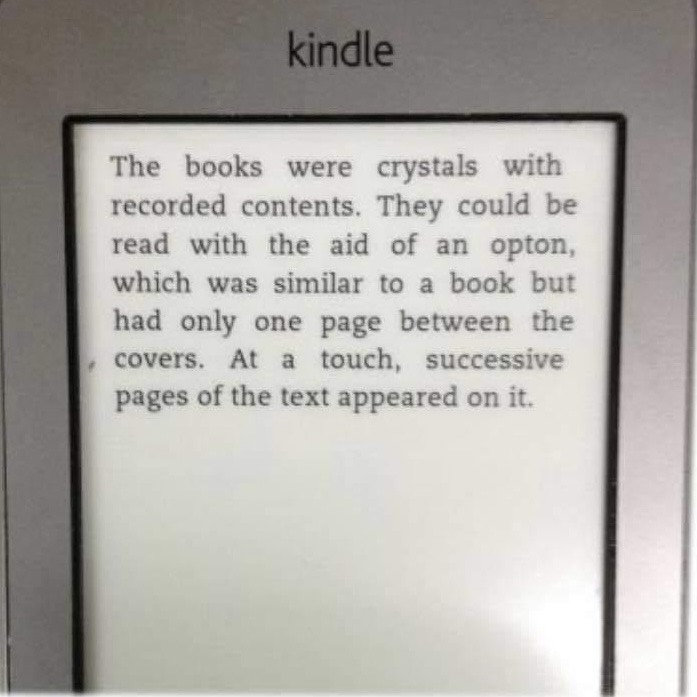No More Paper Books
Return from the Stars, by Stanislaw Lem - Wikipedia
Time dilation fascinated me from a young age, before I even learned about the special theory of relativity or studied physics. I learned about time dilation from the sci-fi books of my youth, like this one.
Written in 1961, it is the story of a cosmonaut returning to his homeworld, Earth, after more than a century in Earth time, but just 10 years for him, finding it a completely different place, with many developments he dislikes.
An even more wild thing is the author predicts the disappearance of paper books and describes a reading device like a tablet or an e-ink reader (Kindle) with a single page and successive touches reveal the next page.
Although, I wonder if Stanislaw had seen 2001: A Space Odyssey before he wrote the book. Kubrick’s screenplay famously shows the astronauts aboard the Discovery One using an IBM Newspad, a device that allows space-faring humans to keep up with the news back home. Samsung famously used this in a patent battle with Apple over the technology behind the iPad, claiming prior art.
Technology predictions aside, imagine being gone only 10-years from your point of view but the home planet you left behind has experienced more than 100-years.
What wonders would you experience?
What social norms would you not understand?
The books were crystals with recorded contents. They could be read with the aid of an opton, which was similar to a book but had only one page between the covers. At a touch, successive pages of the text appeared on it.

Return from the Stars, by Stanislaw Lem, 1961
If you would like to read Return from the Stars, the book is available on archive.org.